Women’s Buying Power and its Impact on the Growth of the US Economy
{ For more Lifestyle Blogs, log on to https://thisisittv.com/ourblog }
In recent decades, women’s societal roles have undergone a significant transformation. Women have shattered numerous glass ceilings from being confined to traditional domestic roles to actively participating in the workforce and decision-making processes. One of the most remarkable shifts has been the rise of women’s buying power and their substantial influence on the growth of the US economy. This blog delves into the importance of women’s buying power, exploring how females have contributed to the economy’s expansion, and why acknowledging and supporting this trend is crucial for sustainable growth.
Understanding Women’s Buying Power – Women’s buying power refers to women’s financial influence as market consumers. It encompasses the collective spending by women across various industries, including retail, technology, healthcare, and real estate. Over the years, women have emerged as a significant consumer segment, shaping markets and influencing product development, advertising strategies, and brand messaging.
The Rise of the Female Consumer – Historically, women were often perceived as passive consumers, but this notion has changed dramatically. According to a report by the Boston Consulting Group, women are projected to control about $72 trillion in consumer spending worldwide by 2023, making up a considerable portion of the global economy. In the United States alone, women are estimated to control over 70% of household spending.
Impact on Businesses – The growth of women’s buying power has prompted businesses to recognize the necessity of understanding and catering to female consumers. Companies have begun adopting a more inclusive approach, developing products and services that address women’s unique needs and preferences. Brands that connect with female consumers enjoy a competitive advantage, thereby driving economic growth.
The Economic Impact of Women’s Buying Power
Job Creation – The substantial buying power of women directly impacts job creation. As businesses respond to female consumers’ demands, they must expand their operations, often leading to increased hiring. The demand for female employees is also likely to rise, leading to a more diverse and inclusive workforce.
Entrepreneurship – Women’s buying power has fueled a surge in female entrepreneurship. Many women, recognizing the potential of addressing gaps in the market, have ventured into starting their own businesses. This has contributed to economic growth and empowered women economically and socially.
Sectoral Growth – Specific sectors have experienced significant growth due to women’s buying power. For instance, industries focused on health and wellness, fashion, and beauty have seen substantial gains as women prioritize their well-being and self-expression through these products and services.
Investment and Financial Decisions – Women’s financial influence extends beyond consumer spending; they are also actively involved in investment and financial decision-making. As women accumulate wealth and engage in investment, they contribute to capital markets’ growth and liquidity.
Challenges and Opportunities – Despite the positive impact of women’s buying power on the economy, challenges persist. Gender pay gaps, limited representation in boardrooms, and societal expectations still hinder women’s full economic participation. To realize the full potential of women’s buying power, various stakeholders must come together to address these challenges and create opportunities for women to thrive.
Gender Equality in the Workplace – Promoting gender equality is essential for unlocking women’s economic potential. Companies should prioritize diversity and inclusion initiatives, ensuring women have equal career advancement opportunities and leadership roles.
Financial Literacy and Inclusion – Enhancing financial literacy and promoting financial inclusion can empower women to make more informed economic decisions. Access to banking services, investment opportunities, and entrepreneurship support can significantly impact women’s financial independence.
Women in Leadership – Increasing the representation of women in leadership positions fosters an environment where women’s perspectives are valued and integrated into decision-making processes. This, in turn, can lead to more female-friendly products and services, benefiting both the economy and society.
Women’s buying power is not merely a trend but a transformative force that has reshaped the US economy. The growing economic influence of women presents a tremendous opportunity for businesses and policymakers to harness this power and foster sustainable economic growth.
Recognizing the importance of women’s buying power and promoting gender equality will strengthen the economy and lead to a more inclusive and prosperous society for everyone. By supporting and empowering women, we pave the way for a brighter and more equitable economic future.





